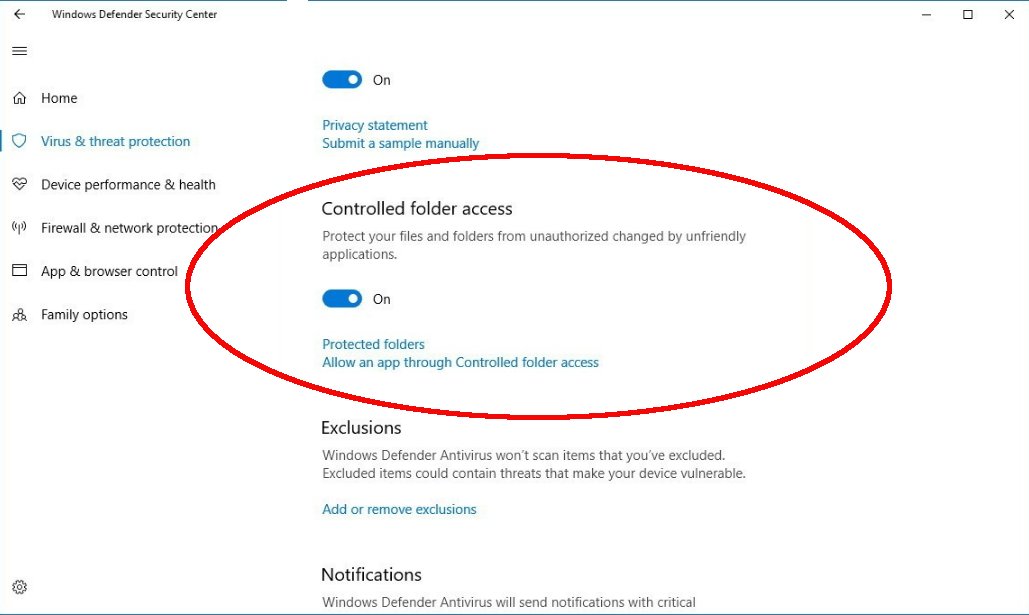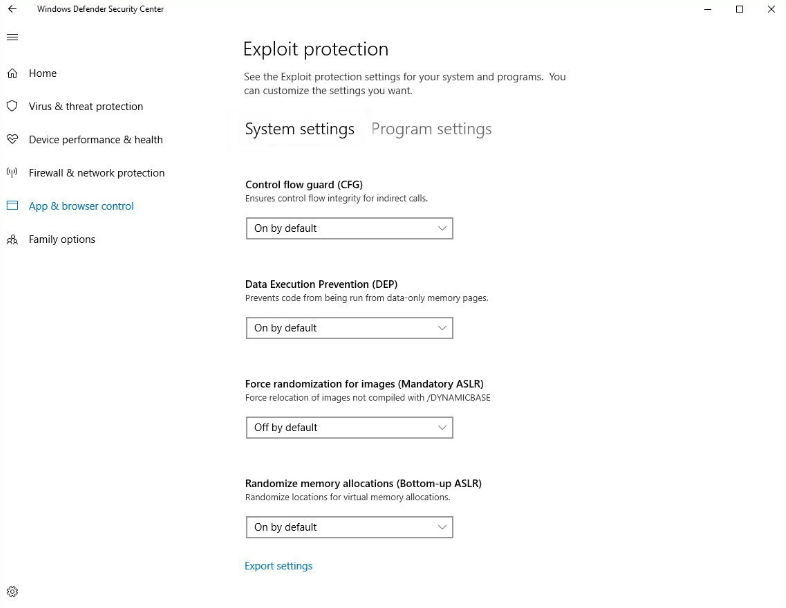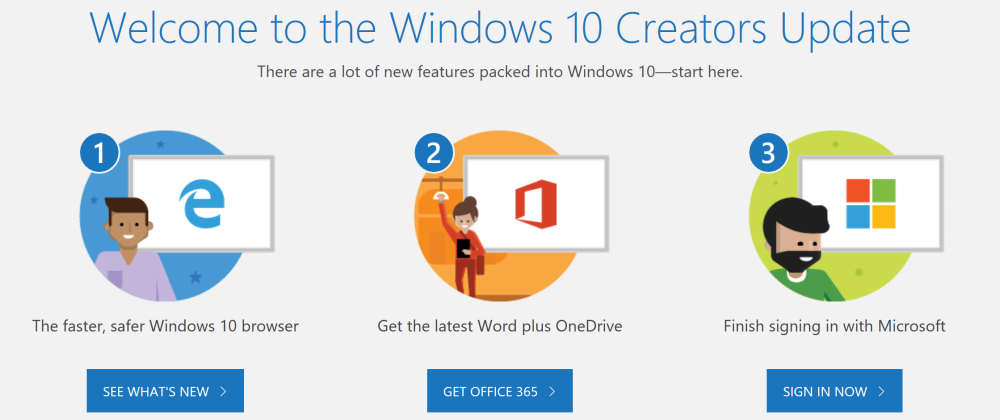Did you get the Windows 10 Fall Creators Update yet? Microsoft started rolling it out recently, delivering tons of new features and changes to millions of Windows 10 PCs around the world.
Changes include a new look known as the Fluent design system, a big push toward 3-D modeling, Mixed Reality modes and new login options (plus the random bug).
However, this major update isn’t just about the new feature tweaks and improvements that are aimed to improve the user expertise, Microsoft is also shoring up Windows ten security by introducing enhancements and changes to its inbuilt security software, the Windows Defender Security Center.
Controlled folder access
With the Windows 10 Fall Creators Update (build version 1709). Windows Defender will introduce Controlled folder access. this is a feature that was designed to protect your files from malicious apps and malware threats, particularly ransomware.
This is how it works: Once Controlled folder access is enabled, Windows defender will monitor any changes your apps are attempting to make on the files on your controlled folders.
Apps that aren’t included in your specified whitelist are going to be denied access. Whenever an unauthorized app attempts to change a file, Windows Defender will stop it and you’ll get a notification.
Default user folders like Documents, Pictures, Movies, and Desktop are protected by default but you can also add additional folder locations from within your network including file shares, external storage and mapped drives.
How to enable Controlled folder access

Here’s how to enable Controlled folder access in the Windows 10 Fall Creators Update:
Open the windows Defender Security Center app then select Virus & threat protection >> Virus & threat protection settings then toggle “Controlled folder access” to On.
To add additional folders, click on “Protected folders” (right below the toggle) then click on “Add a protected folder.”
To whitelist apps, click on “Allow an app through Controlled folder access” then click “Add an allowed app” to navigate to app’s executable.
Keep in mind that Controlled folder access will only work when Windows Defender is your main security software.
Windows Defender Exploit Guard
Another welcome security change brought by the fall Creators Update is with Windows Defender Exploit Guard (WDFG). Now, users can configure, audit and manage your system’s exploit protection settings.
Note: WDFG replaces the enhanced Mitigation experience Toolkit (EMET) in previous versions of Windows 10.
To check your WDFG settings, open the Windows Security Center app, select App & browser control >> Exploit protection then select “Exploit protection settings.”

Here, select the System settings tab to configure control flow guard (CFG), data Execution prevention (DEP), Force randomization for images (Mandatory ASLR), randomize memory allocations (Bottom-up ASLR), Validate exception chains (SEHOP), and Validate heap integrity.
The Program settings tab will list all the applications that are protected by your system’s Exploit protection settings. you can also customize the exploit rules for every app but these settings are really meant for system administrators.
Windows Defender Advanced Threat Protection
More security enhancements also are coming to Windows Defender Advanced Threat Protection. This feature is touted as a proactive measure against system breaches and malware attacks. this time around, it’ll utilize cloud-based security data to detect attacks and infections quicker than ever.
Windows latest update leaves behind 30GB installation files
Before you proceed with the Windows 10 Fall Creators Update, make sure you’ve enough hard drive space.
Connecting People with Smiles Communication Robot of the Future
source:komando.com




